Choosing your ideal heating stove requires a certain number of considerations such as the exact location, energy source and style. Heating stoves are overall easy to install, safe to use and low on energy consumption with a considerable heat output. However, most heating stoves are zone heating solutions and not good as a main heat source.
There are a number of different types of heating stoves to mull over. In this guide, we discuss the various types of heating stoves according to the power source used to fuel the fire or heat. The main characteristics to consider are the power source, style and material.



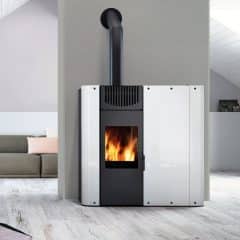
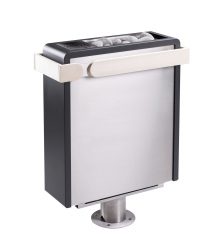
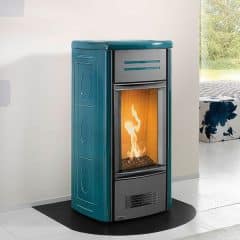
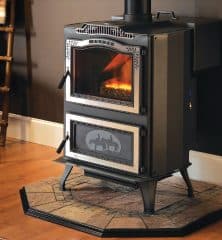

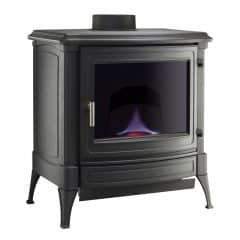
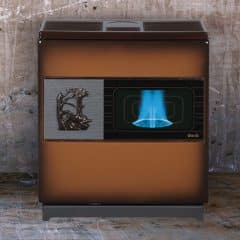
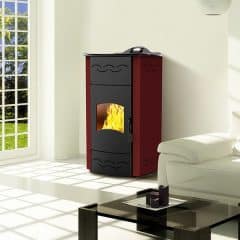


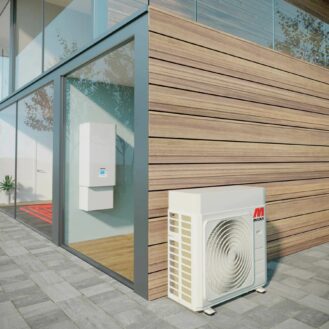


I enjoyed reading this post. This post guide me to know various types of heating stove. Thanks for sharing the post